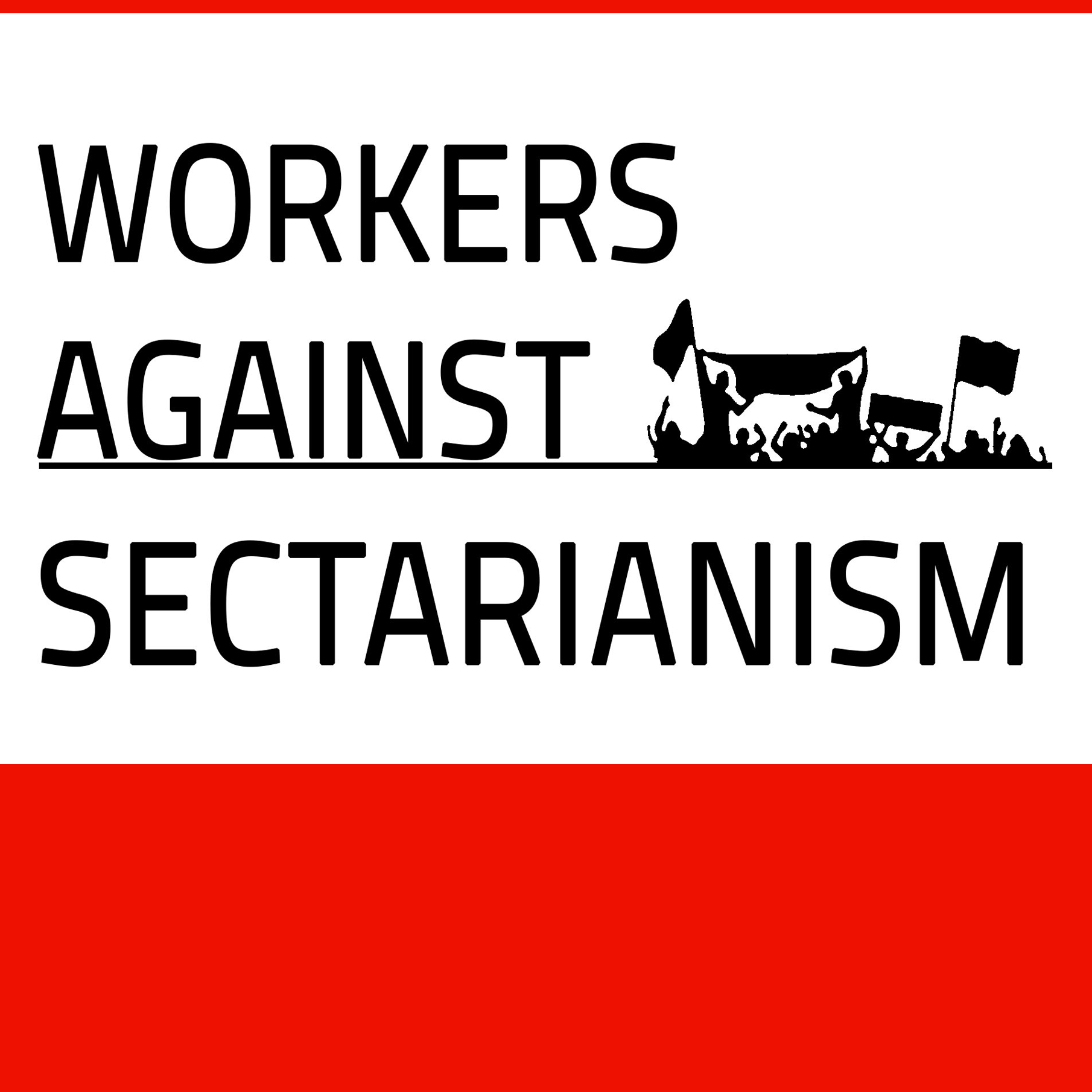After the death of hundreds of people since the eruption of Iraq’s revolution in October, there is no return to the old system.
Ansar Jasim
Schluwa Sama
To reach Tahrir square, the main protest area in Baghdad, we get off at the end of Sa’adoun Street.
There, the government has blocked the roads with concrete walls, not a strange sight in Baghdad.We slide through the interstices of the wall where we meet unarmed policemen. A few meters forward, we find the self-organized security of protesters. They search our bags for knives or other weapons. This is the first type of self-organization we encounter on Tahrir. They belong to the “committee for security” and are women and men who are dispersed over the whole occupied Tahrir (liberation) square.
Despite the revolutionary atmosphere, troublemakers try to intermix with the protestors.
The female activists who are searching us, have taken up the shift for the last three days and are happy to be the first ones to welcome protestors and supporters.
Walking out of the security tent, we go through a tunnel, built in the 70s as under Tahrir square, somewhat deforming the square. Nowadays, the tunnel has been turned into an art gallery by artists taking part in the revolution.
Every day new art is made on the 100-meter-long tunnel, giving expression to the revolution and its demands: The role of women, of Tuktuk drivers as symbols of the working class, in addition to paintings depicting Iraq’s Sumerian and Assyrian history as a unifying element. Represented on the tunnel walls is also the occupied 14-floor “Turkish restaurant” building, which come to represent the high degree of self-organization of protestors.
There is also Nasb Al-Hurriya, “the freedom monument” , which tells the story of Iraqi people’s oppression during feudal and colonial times until the liberation of 1958. The tunnel, like all occupied places is decorated with flowers. At night, candles are lit for those fallen during the revolution.
Read more about it from the source: open democracy

 Nominating a new parliament speaker without any immediate solutions since last year, 2023.
Nominating a new parliament speaker without any immediate solutions since last year, 2023. On the memory of the genocide that the marshes were subjected to, who are the Ahwarians?
On the memory of the genocide that the marshes were subjected to, who are the Ahwarians? Muqtada al-Sadr’s militia attack the Green Zone in Baghdad
Muqtada al-Sadr’s militia attack the Green Zone in Baghdad The environmental activist Jassim al-Asadi, who seeks to protect the marshes in Iraq, has been kidnapped on 1/2/2023.wed
The environmental activist Jassim al-Asadi, who seeks to protect the marshes in Iraq, has been kidnapped on 1/2/2023.wed Working women in Iraq – the way to work is not safe
Working women in Iraq – the way to work is not safe Urgent: Total chaos inside Iraq, imposing a curfew, general closure of all government institutions, in addition to leaving most of the embassies of foreign countries in Baghdad.
Urgent: Total chaos inside Iraq, imposing a curfew, general closure of all government institutions, in addition to leaving most of the embassies of foreign countries in Baghdad.














